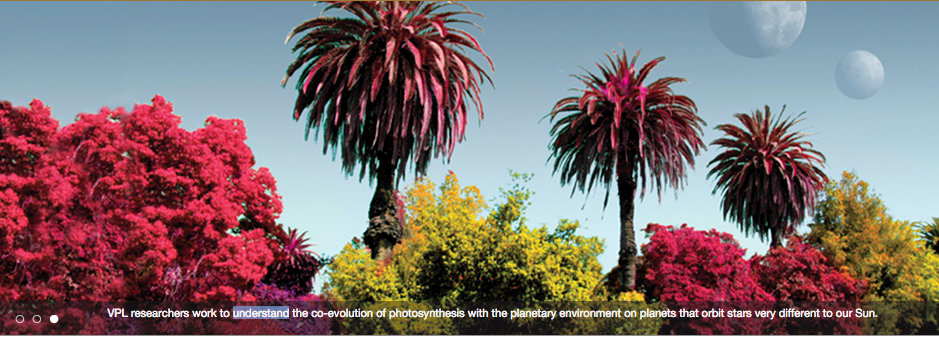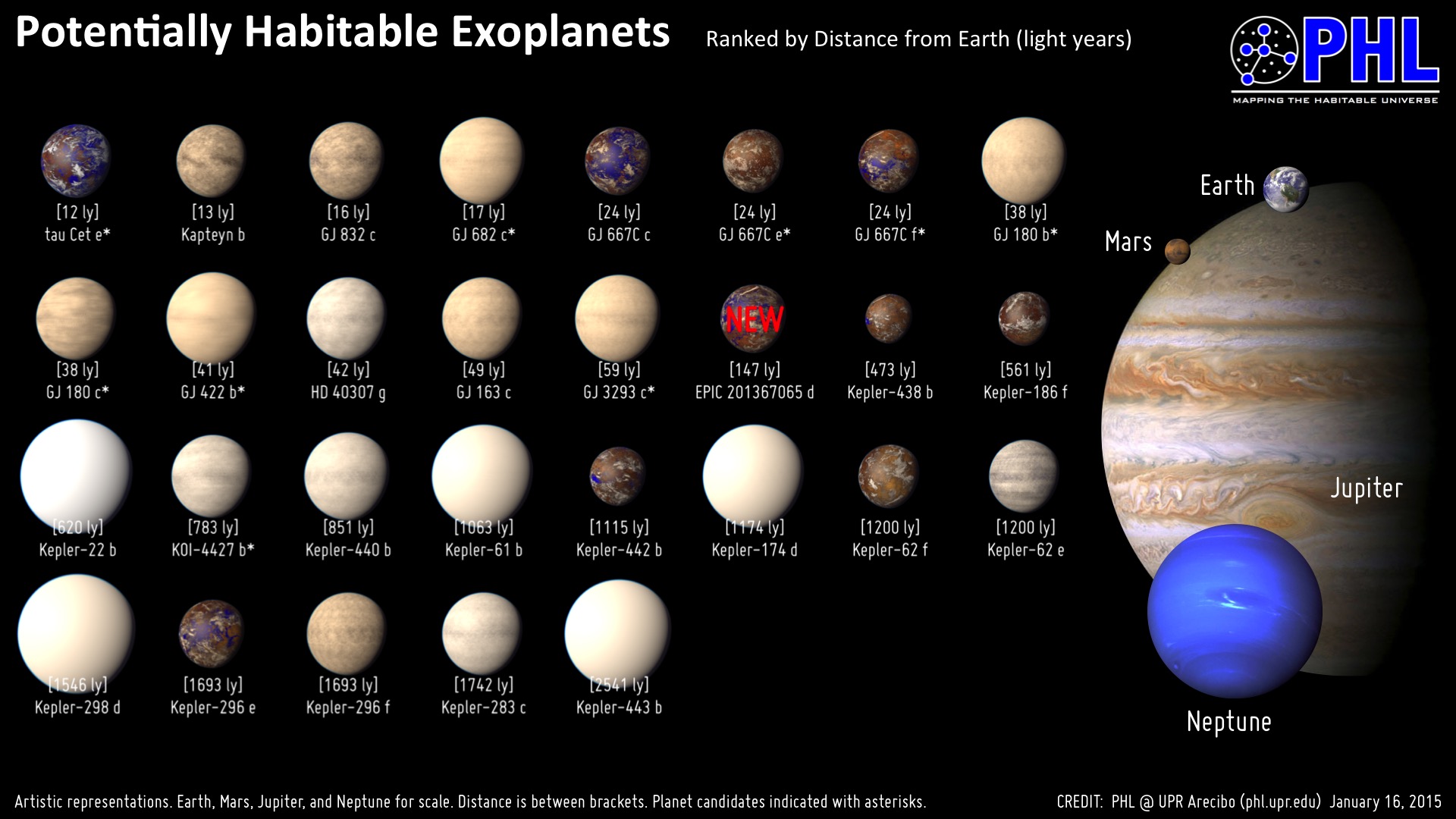It looks like you're using an Ad Blocker.
Please white-list or disable AboveTopSecret.com in your ad-blocking tool.
Thank you.
Some features of ATS will be disabled while you continue to use an ad-blocker.
5
share:

So you're interested in the universe and who or what we might be sharing it with? Don't have money or time for 4 years of college and post graduate instruction?
As most of you know, I'm currently an undergrad majoring in Astronomy and Astrobiology. But why should I have all the fun?
NOW YOU CAN TOO!
There's no reason why you can't dip your toes in the water of this stuff for free and take online courses from the top professors and researchers in the field. And if you want you can even donate a little if you want to get a certificate (suitable for framing) proudly proclaiming your Harvard certified alien hunter status.
Free online education from the best schools in the world was one of the great promises of the Internet in the 1990s and it has now come to fruition. And as we all know, education is the best way to deny ignorance so I'm focusing on some from my speciality of astrobiology and exoplanet research.
I highlight two newly announced ones today.
The first is from Harvard and it is called "Super-Earths And Life" on the edX online education platform which was created by partnership of Harvard and MIT. edX provides free online courses on a variety of topics from the best universities around the world. The Super-Earths and Life course is taught by Dimitar Sasselov one of the experts in the field of exoplanet research.
Excerpt from a CNET article on the Super-Earths and Life course:
Questions about whether there's life beyond our own universe has filled millions of pages of speculative fiction, taken up years of time on movie and TV screens, and consumed billions of hours of kids' and astrophysicists' daydreams. Now, a new free online course offered by Harvard can arm you with facts you need to learn more about "alien life, how we search for it, and what this teaches us about our place in the universe."
The course is called "Super-Earths And Life" and it's being offered on the edX platform, a website created by Harvard and MIT that provides free online courses from the world's top universities.
It will be taught by Dimitar Sasselov, a professor of astronomy at Harvard. "He is the director of the Origins of Life Initiative, a new interdisciplinary institute that joins biologists, chemists, planetary scientists and astronomers in searching for the starting points of life on Earth (and possibly elsewhere)," says his bio on the course sign-up page. "He is also a co-investigator on NASA's Kepler mission, searching for exoplanets the size of Earth."
The course will combine the latest findings in evolutionary biology with with advances that have helped us discover more and more planets outside our own solar system. It starts on February 10, lasts for six weeks and requires a commitment of about five hours per week.
Although the course is completely free, you have the option to donate to keep edX going (as little as $5 is acceptable) and you can choose to receive a "verified certificate" for your completed coursework for a minimum of $50, something that might help if you are planning to use the class in your career as Scully's new partner. Also, according to the research statement attached to the course, Harvard will use student participation to help improve its educational offerings. In addition to this course, edX offers over 250 other classes in everything from ethics to medicine -- all free.

The second course we'll look at is the "Habitable Worlds" course from notable astrobiologist Ariel Anbar at Arizona State University. It promises to teach the basics of astronomy, chemistry, physics and biology in a new, exciting interactive way which focuses on the questions of life in the universe.
Here's an excerpt of a Scientific American article on the Habitable Worlds course:
I remember battling sleepiness as I slouched in a large lecture hall, squinting to make out the writing on the blackboard during my freshman introductory physics course in college. My difficulty staying alert in class was not the fault of the subject—I went on to major in physics—or even the teacher. Instead, I think it had to do with the passive format of the class and the “boring basics first” approach that introductory science courses often take.
Arizona State University (ASU) astrobiologist Ariel Anbar shares my frustrations. “I started thinking there’s got to be a better way to do this,” he says. “I envision a future where the basic intro courses are not lectures, but interactive online courses.”
Anbar and ASU staff member Lev Horodyskyj designed a course along these lines called “Habitable Worlds.” The class is an introductory science course for non-majors that covers basic biology, chemistry and physics by way of the search for extraterrestrial life in the universe. Students are introduced to the topic by looking at a star field. Their task, over the course of the semester, is to determine how many planets within that field might host intelligent life with which we could communicate. To figure this out, the students use the Drake equation—a formula designed in 1961 by early SETI (search for extraterrestrial intelligence) proponent Frank Drake that calculates a number by multiplying many factors, such as the average rate of star formation in the galaxy, the percentage of stars with planets, the percentage of these that are habitable, and so on.
The course is primarily taught online through a video game-like interface with rich graphics and narrated video explanations. Professors interact with students often via discussion boards, and sometimes face-to-face question sessions as well. The students can even take “virtual field trips” to sites around the world through websites that offer interactive panoramic views.
So if any of this has whet your appetite to add something else perhaps a little different to your resume/CV for little or nothing or simply give you something interesting to talk about at dinner parties then feel free to sign up!
To sign up for the Super-Earths and Life course - Click Here.
To sign up for the Habitable Worlds course - Click Here.
new topics
-
Biden FINALLY allows Ukraine to use US missiles inside of Russia.
General Conspiracies: 10 minutes ago -
The Martian Lafayette Meteorite Interacted with Water Just 742 million years ago
Space Exploration: 5 hours ago -
My Body Of Release…
Philosophy and Metaphysics: 6 hours ago -
Well, here we go red lines crossed Biden gives the go ahead to use long range missiles
World War Three: 6 hours ago
5
